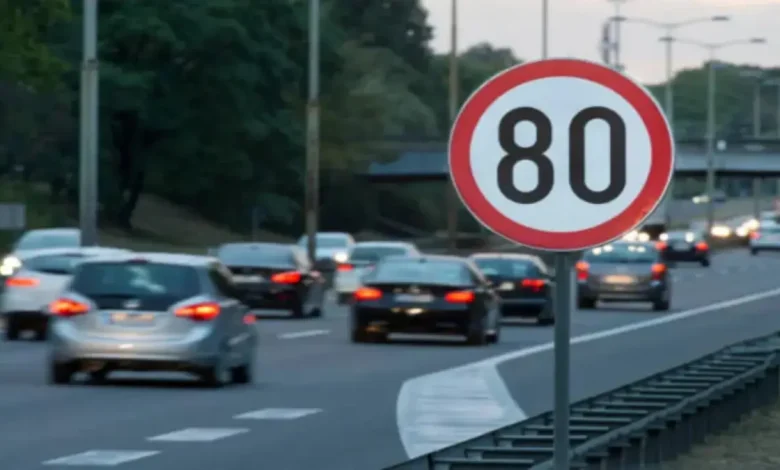
South Africa’s Northern Cape hosts a unique road section where the speed limit officially reaches 250 km/h. Specifically, this applies to the N14 highway between Kakamas and Pofadder. Since this stretch spans about 120 kilometers, it stands out in the country’s road network.
ALSO READ: Proposed SA Speed Limit Changes Rejected as Farmers Send Strong Message to Ramaphosa
Why a 250km/h Speed Limit Exists
Authorities do not set this speed limit for regular drivers. Instead, they reserve it for high-speed vehicle testing by car manufacturers. The Northern Cape’s low population and smooth roads make it ideal for these tests. As a result, global brands like Bugatti, Porsche, and BMW use this area to test their latest models.
Additionally, the region’s dry climate and long, straight roads provide perfect conditions for consistent, repeatable test results. As a result, car manufacturers can reliably evaluate vehicle performance under extreme conditions.
Who Can Legally Drive at 250km/h?
Only vehicles with special approval can reach 250 km/h on this road. Each approved car must display a yellow sticker marked “High-Speed Test Vehicle Approved By Government.” Ordinary drivers must stick to the national speed limit of 120 km/h.
Before any authorized vehicle attempts high-speed testing, manufacturers must coordinate closely with local authorities and submit detailed safety plans. This process ensures that all necessary precautions such as emergency response teams and advanced communication systems are in place, so that every test run remains controlled and secure for everyone involved.
How This Speed Limit Compares
South Africa’s standard highway limit is 120 km/h, while urban areas restrict speeds to 60 km/h. Although some suggest lowering these limits for safety, the N14’s 250 km/h rule remains unique. For comparison, most countries cap highways at 110–130 km/h, but Germany’s autobahn allows unlimited speeds in certain sections.
The Role of High-Speed Vehicle Testing
Car makers test vehicles at high speeds to guarantee safety and reliability. Thanks to its remote location and excellent road quality, the N14 stretch attracts major automotive companies. Consequently, this highway plays a key role in global vehicle development.
By pushing vehicles to their limits, manufacturers can identify and fix potential issues before models reach consumers. This thorough testing helps ensure that every car performs safely, even under extreme driving conditions.
Furthermore, the data collected during these high-speed trials allows engineers to refine vehicle design and technology. As a result, automakers can continue to improve both performance and safety standards across their entire product range.
CHECK OUT: Gauteng’s Speed Limits Compared to the Rest of the World
Public Access and Safety Measures
The public cannot use the 250 km/h speed limit. Authorities enforce strict controls and clear signage to ensure only approved vehicles access this section. Therefore, safety remains a top priority for everyone involved.
Regular patrols and surveillance further strengthen security along this stretch, helping to deter unauthorized access. These measures not only protect test drivers and engineers but also safeguard the surrounding community from potential hazards associated with high-speed vehicle trials.
Future of Speed Limits in South Africa
Debates continue about lowering speed cap nationwide to improve safety. However, these proposals face strong public opposition. Meanwhile, the N14’s 250 km/h zone remains vital for vehicle testing and industry innovation.



